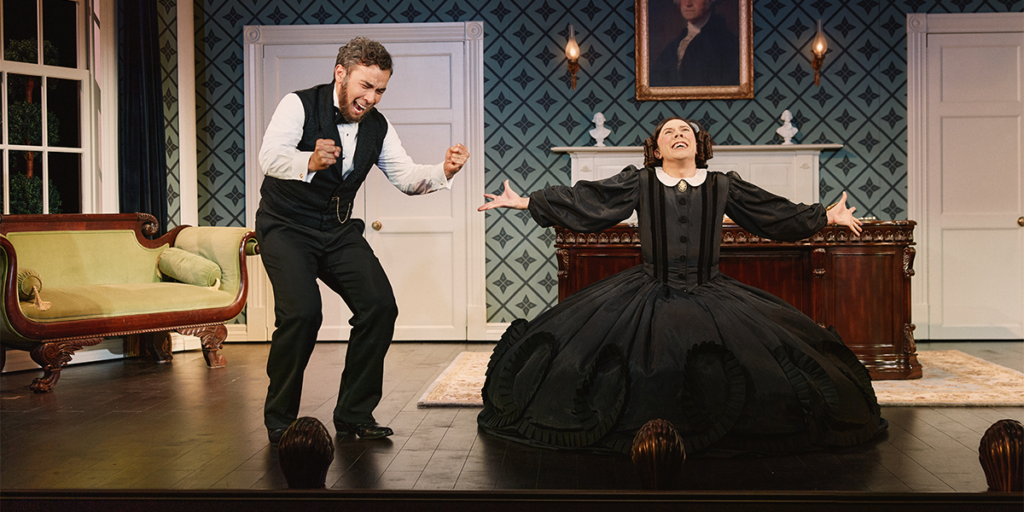Learn what’s fact, what’s fiction, and everything in between in comedian Cole Escola’s critically acclaimed comedy-drama about the inner life of Mary Todd Lincoln.
The new Broadway play “Oh Mary!” is about Mary Todd Lincoln, but historical accuracy isn’t a consideration. Or is it? Writer and star Cole Eskola says he based the play on a “third-grade understanding” of her life and his own exaggerated version of it, and it’s a winning combination.
“Oh Mary!” was supposed to play Off-Broadway for eight weeks. It ended up selling out after a 14-week run, with all of its cast still intact, and is running at Broadway’s Lyceum Theatre through September 15. Critics and audiences have praised Eskola’s bombastic performance as Mary, a woman consumed by lust, alcoholism and a burning desire to be a cabaret star in the weeks before her husband is assassinated.
“We have a tendency to elevate historical figures to a level where they’re no longer human. I’m beginning to think that our show might be closer to the truth than we realise,” said Conrad Ricamora, who plays Abraham Lincoln. “We can only guess what these people were like. They may have been crazy, they may have been eccentric.”
So what’s fact, what’s fiction, and what’s in between in Oh, Mary!? Read on for more details and what cast members have to say.
Get your tickets to Oh, Mary! now.
Theatre and Performing Arts of the 1800s
The theater is inextricably linked to Lincoln family history, as Abraham Lincoln was murdered there shortly after the end of the Civil War in 1865. “Oh, Mary!” has another connection: Escola’s version of Mary Todd Lincoln was an entertainer before she became First Lady.
“I’m a pretty well-known niche cabaret legend,” she tells her acting teacher (James Scully) in one scene, “or I used to be, until a bad relationship cut my career short.”
Cabaret as we know it (live performances for an audience who eats and drinks at tables) actually came to America from France in 1911, almost 50 years after the “Oh Mary!” incident. Similar theatrical forms like vaudeville and music hall didn’t emerge in America until the 1880s.
Historically, Mary’s closest act is burlesque, which became popular in the United States in the late 1860s and was performed in cabaret halls. Back then, burlesque meant parodies of serious songs and stories, not strip shows as we know them today. In “Oh, Mary!”, the First Lady performs an “outrageous medley” of American classics, complete with costume changes and confetti.
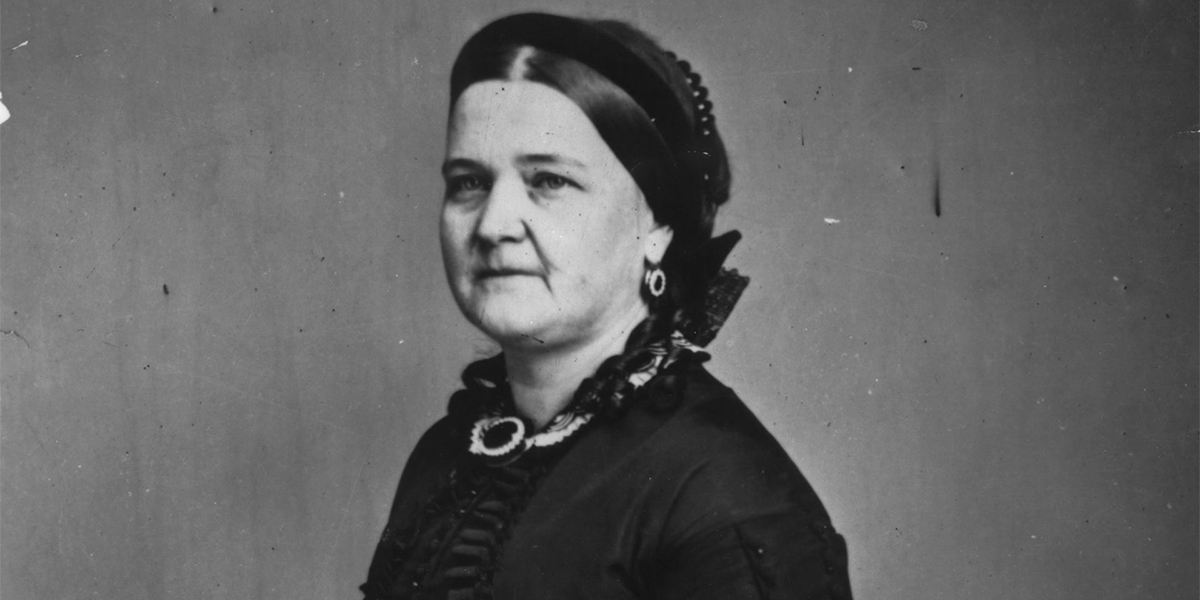
Historical figures from Oh, Mary!
Of the five characters in “Oh, Mary!”, three are historical figures and two are likely inspired by real people. Learn more about the characters in the show and the real people below.
Mary Todd Lincoln
If there’s one thing Eskola gets right about Mary Todd Lincoln, it’s that she was not a sophisticated public figure.
Mary’s frequent mood swings and outbursts, likely due in part to mental illness and grief over the deaths of her children, were well documented. One member of Abraham Lincoln’s staff nicknamed her “Hellcat.” Mary’s dressmaker, Elizabeth Keckley, wrote in her 1868 autobiography that while she was a loving wife and a faithful First Lady, she was also “fiercely tempered, full of fears and anxieties, self-centered, and often wallowing in self-pity.”
According to Scully, director Sam Pinkleton showed the cast a telegram from a member of Mary’s social club that read, “To Mr. Abraham Lincoln, please call your wife. She is here humiliating herself and disgracing her friends.”
Escola’s Mary blends fiction with reality. She doesn’t care for her children, and has no interest in “respectable” activities like horseback riding or painting. She lounges around the White House drinking while her husband deals with politics. (The real Mary was also known to be a frequent user of both alcohol and opium, both of which were common medicinal drugs at the time.)
Mary just wants to return to her old career as a cabaret performer, which her husband deems “inappropriate,” but that doesn’t stop her from secretly auditioning for My American Cousin, the show in which Lincoln is later murdered.
In fact, Eskola said she chose to write about Mary because “she’s the only person in history I can think of whose husband was assassinated while watching a play.”
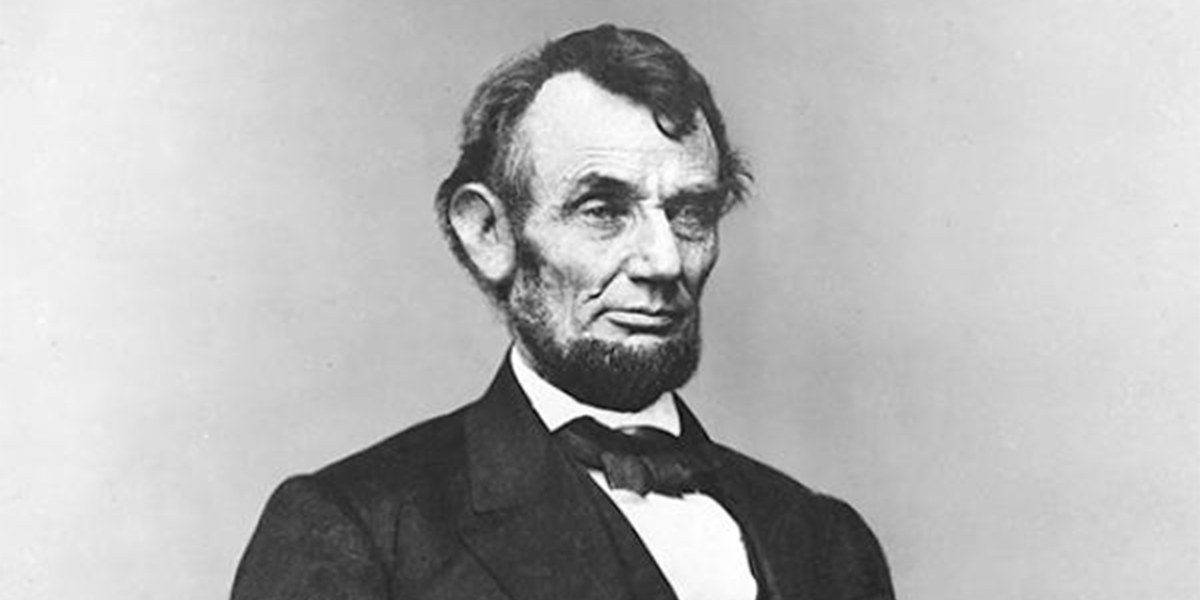
Abraham Lincoln
He was the 16th President of the United States. He signed the Emancipation Proclamation, which freed the slaves after the Civil War. He was famously a bad dancer.
This last fact is what stand-in Hannah Solow likes most about the former president: When Abraham met Mary Todd at a dance in Springfield, Illinois, he reportedly said, “I want to dance with you.” He literally said yes, but she continued to date him anyway, and after a brief separation, she married him in 1842.
In Oh Mary, Mary!, the real (but fictional) place where they met is the cover story: a cabaret meeting, but Abraham doesn’t want anyone to know. The character views his wife with loathing and contempt, which is quite different from our modern image of a former president.
The true nature of his and Mary’s marriage is poorly documented, but some modern scholars argue there was bad blood on both sides.
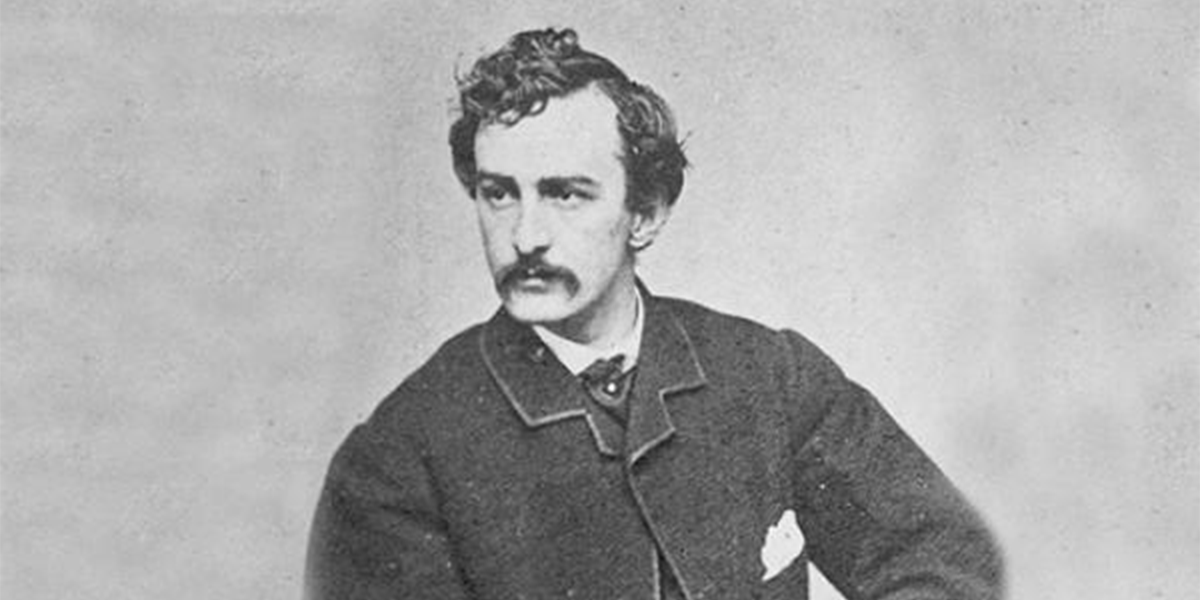
John Wilkes Booth
“What if Liam Hemsworth killed the prime minister of Australia, or Dave Franco killed Joe Biden?” said Oh Mary! cast member Tony Macht, trying to think of a modern-day analogy to when theater actor John Wilkes Booth assassinated Abraham Lincoln.
The son of two actor parents and a brother, Booth was destined for a career in acting: for 15 years he performed throughout the northeastern United States, including a stint at New York City’s Winter Garden Theatre in Shakespeare’s Julius Caesar.
In 1863, Booth was one of the first actors to star in a play called “Marble Heart” at the then-new Ford Theatre in Washington, D.C., which Lincoln reportedly attended. Booth, a Confederate sympathizer, assassinated the president at the same venue two years later.
Booth was, of course, present at the scene of Lincoln’s assassination, but doesn’t reveal any more about his involvement in “Oh, Mary!”
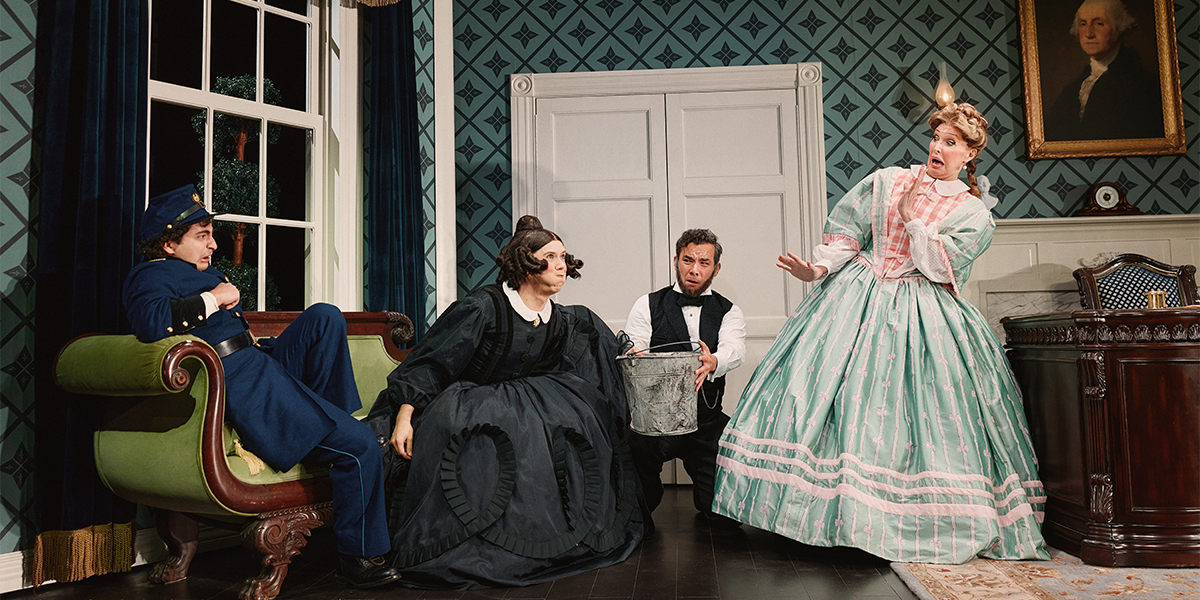
Additional Oh, Mary! characters
“Oh Mary!” features two characters, Mary’s maid Louise (Bianca Lee) and Abraham’s assistant Simon (Tony Macht), both of whom are fictional but bear similarities to real people around the Lincoln family.
Louise recalls Elizabeth Keckley, the real Mary’s dressmaker and close friend, who lived with Mary and Abraham for many years and, like Louise, had a uniquely candid look into their lives.
Keckley revealed previously unknown information about Mary and Abraham in her autobiography, Behind the Scenes. Though controversial at the time, the book has since become a respected historical document about the Lincoln family and Keckley’s own life in antebellum America.
Simon recalls that Joshua Fry Speed was Abraham’s best friend and roommate before he married Mary, and that the two shared a bed, a common and platonic practice at the time that gave rise to the theory that Lincoln was gay.
These rumors are unfounded, but that didn’t stop Eskola from including them in “Oh, Mary!” In fact, the word “Mary” is an old slang term for a gay man; once a derogatory term, it has been revived by some queer people, and by the show.
Get your tickets to Oh, Mary! now.
Top and bottom image credits: Broadway’s “Oh, Mary!” (photography by Emilio Madrid)


